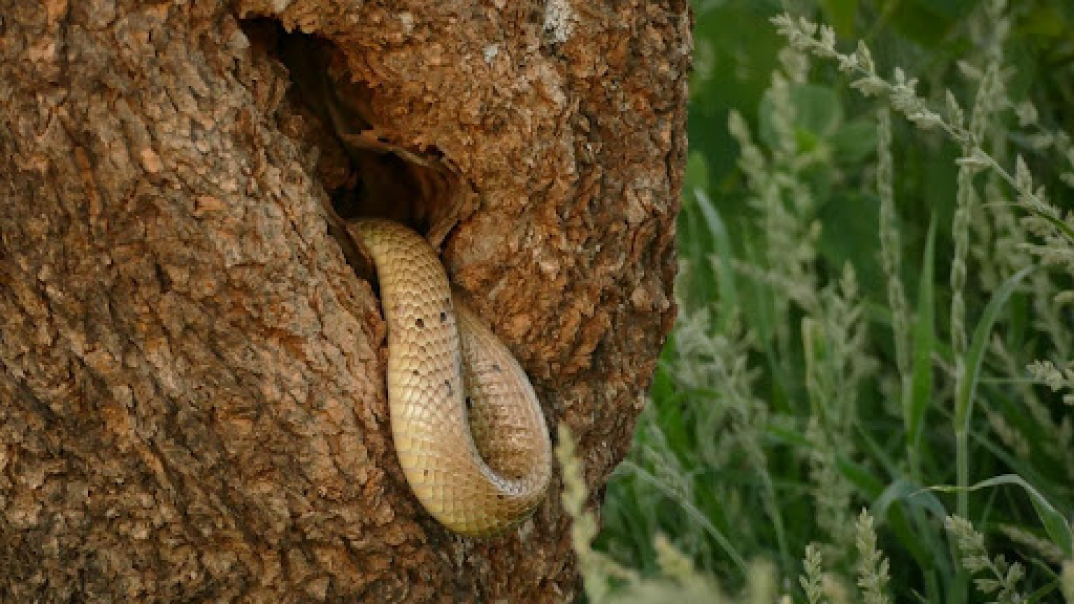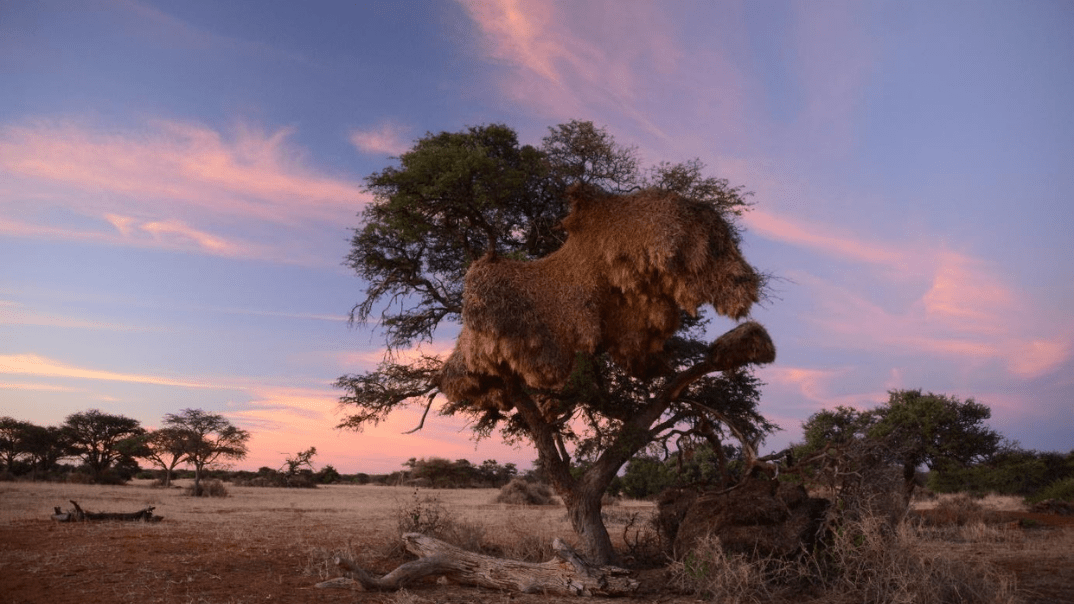Discover how puff adders in the Kalahari adapt to climate change through Azraa Ebrahim's research. Supported by Suzuki South Africa, Tswalu Kalahari Reserve, and the Copenhagen Zoo, learn about their activity patterns and ecological roles, aiding conservation efforts for reptiles in extreme environments:
If you have ever come across a short, stubby snake on the road, with V-shaped patterns on its body and a triangular-shaped head, then it is likely to be a puff adder. Puff adders (Bitis arietans) are one of the most widely distributed and abundant snake species on the African continent. They occur in a variety of habitats with vastly different environmental conditions, including environments with extreme temperature fluctuations, such as the Kalahari.

Puff adders don’t go in search of food, like snakes such as the Cape cobra or boomslang. Instead they hide and wait for an unsuspecting prey animal to pass close to them. Due to this ambush-foraging lifestyle, puff adders spend long periods on the surface waiting for food. In the Kalahari, that means that they have to endure very high surface temperatures on hot summer days, which may limit their ability to sit and wait for prey.
As part of the Kalahari Endangered Ecosystem Project (KEEP), University of the Witwatersrand PhD student Azraa Ebrahim is assessing how the environmental temperatures in the Kalahari affect the thermal biology of puff adders. With support from Suzuki South Africa, Tswalu Kalahari Reserve, and the Copenhagen Zoo, Azraa is measuring the behaviour, activity patterns, and body temperatures of 30 puff adders, so that she can determine how these snakes respond to changes in the environmental conditions.
It is likely that puff adders in the Kalahari will have shorter activity periods when conditions become warmer. These changes could have significant implications for the ecology of puff adders and may reduce the amount of time they allocate to activities such as mate searching and feeding.
With global temperatures expected to continue rising and extreme weather events becoming more frequent as a result of climate change, many species may be at risk of population decline. By assessing how animals adapt to environmental changes, researchers will be better able to predict how the animals will respond to higher environmental temperatures and events such as droughts and heatwaves. While puff adders themselves are not an endangered species, they can serve as a model organism for other species. The knowledge gained from assessing puff adder adaptation can be applied to other ambush-foraging reptiles, enabling more efficient management and planning of conservation efforts.
For more creative content and information from Suzuki delivered straight to your inbox, subscribe to our blog.


.png)
